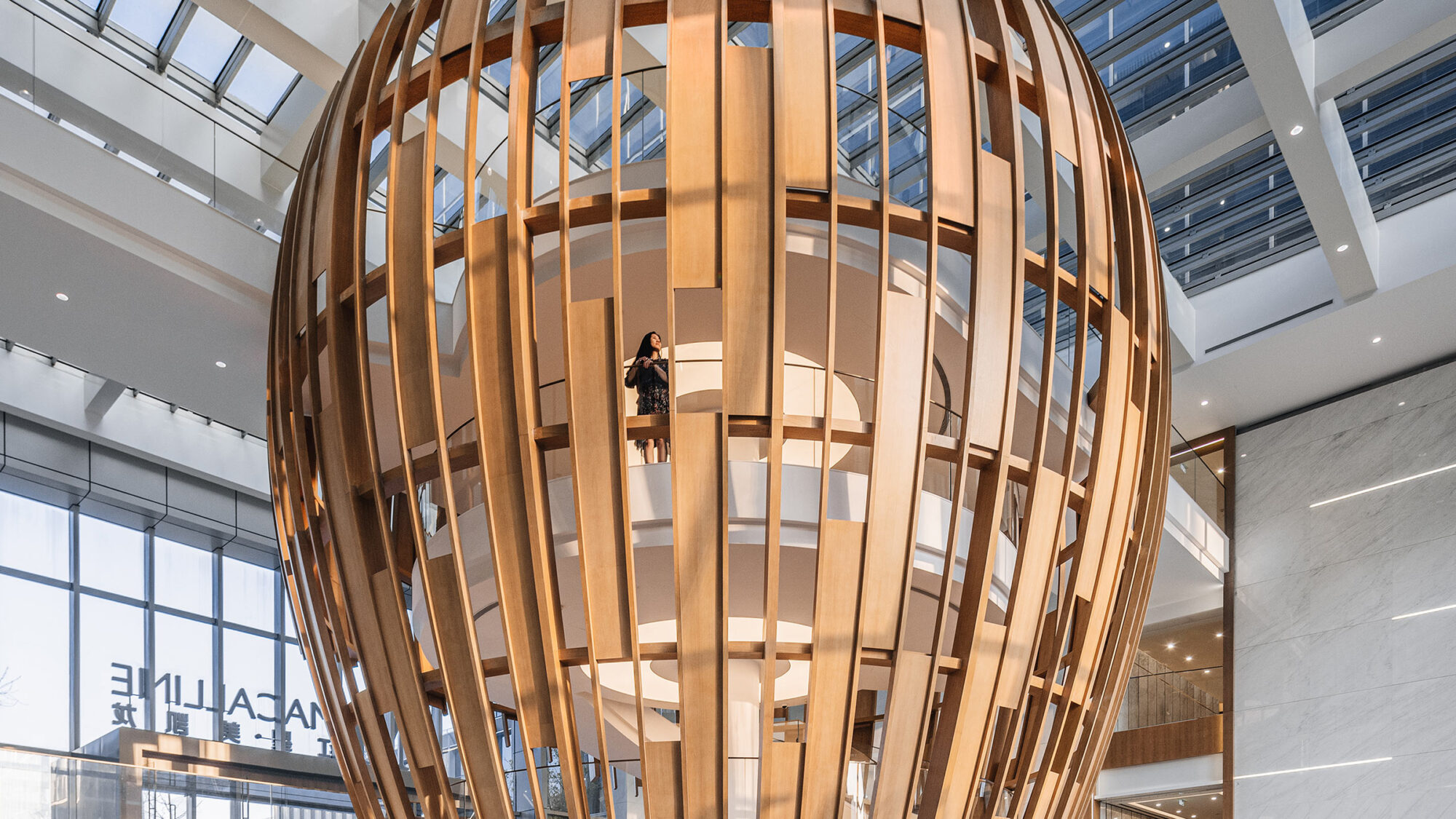

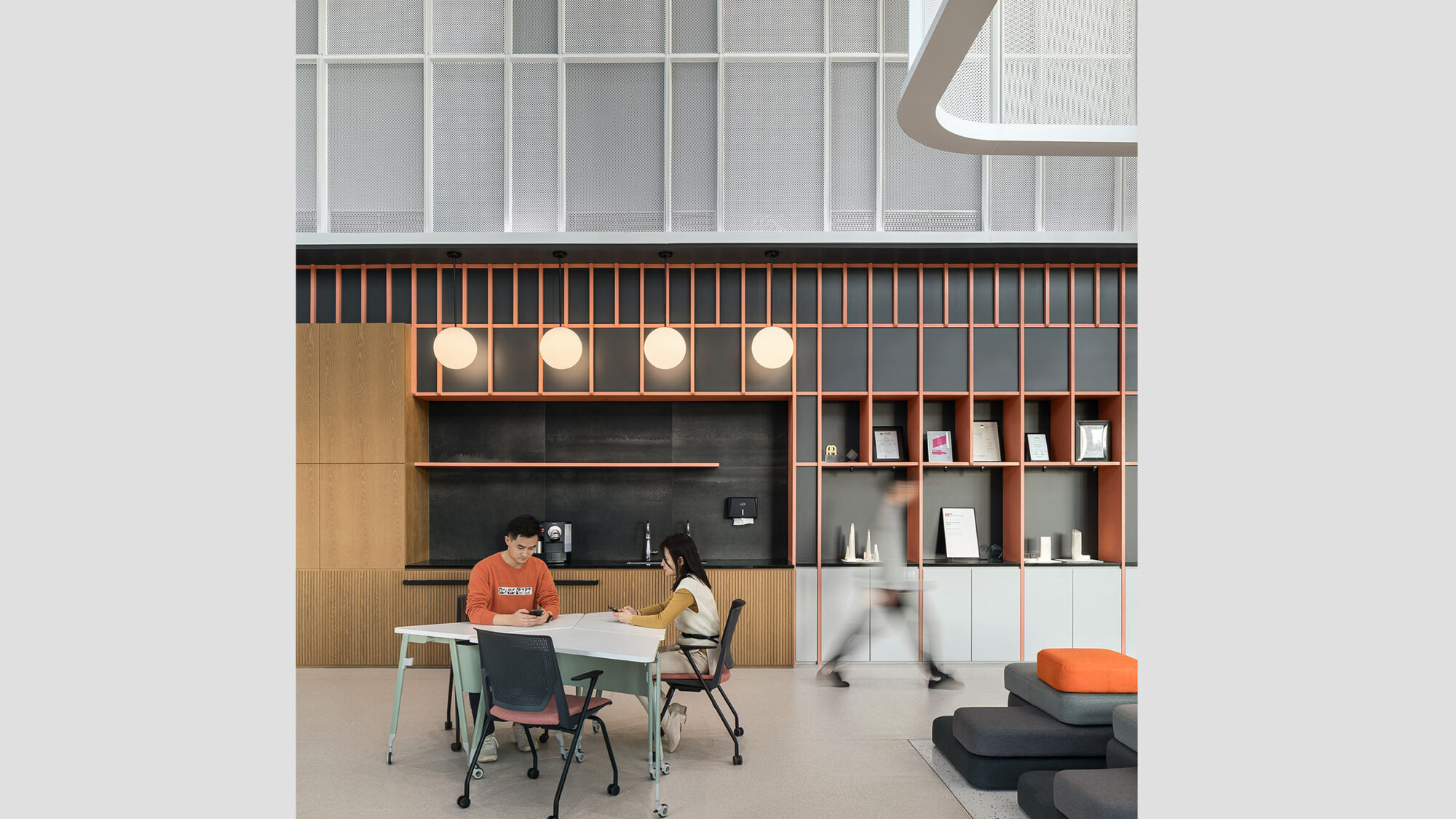


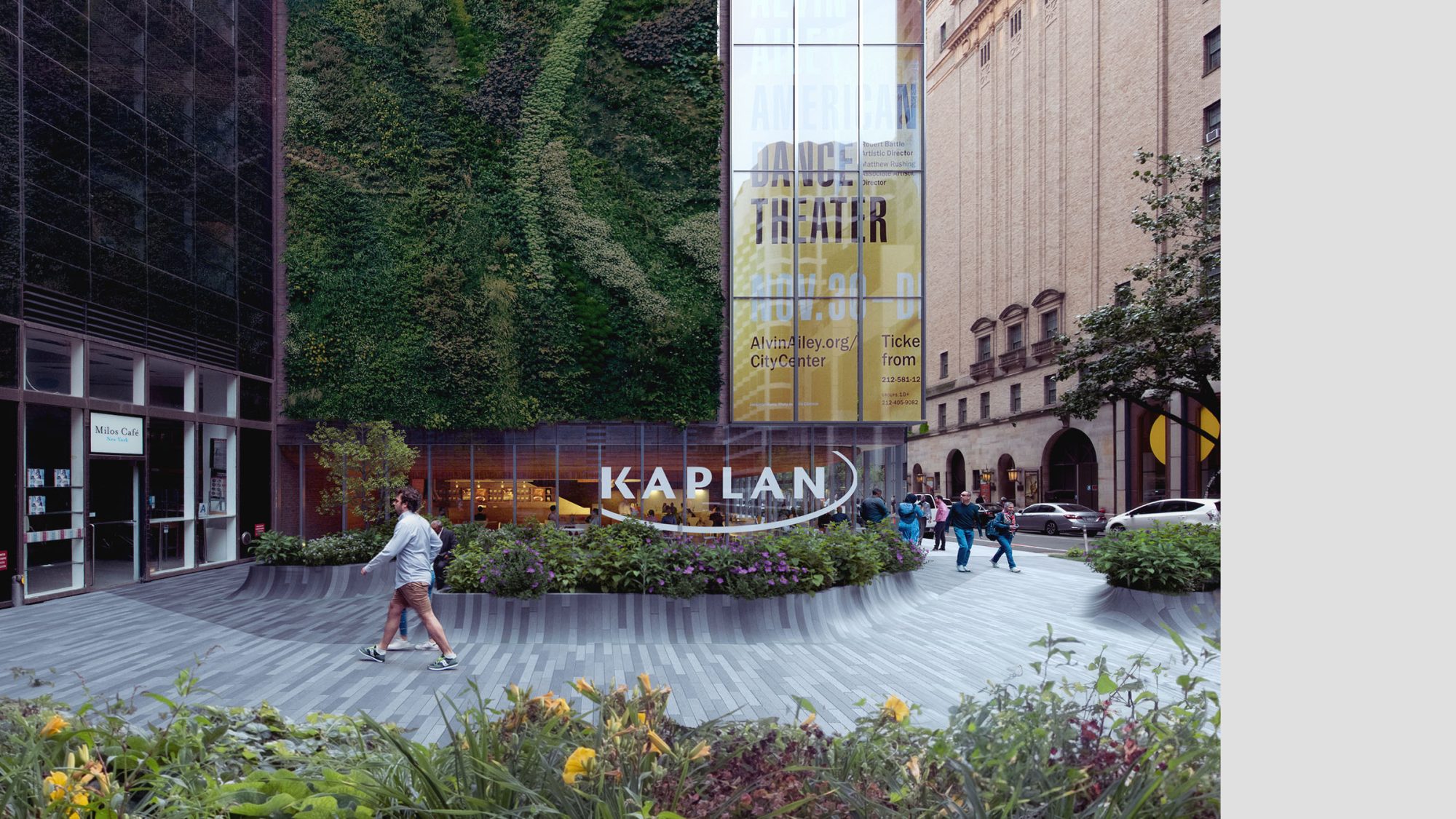
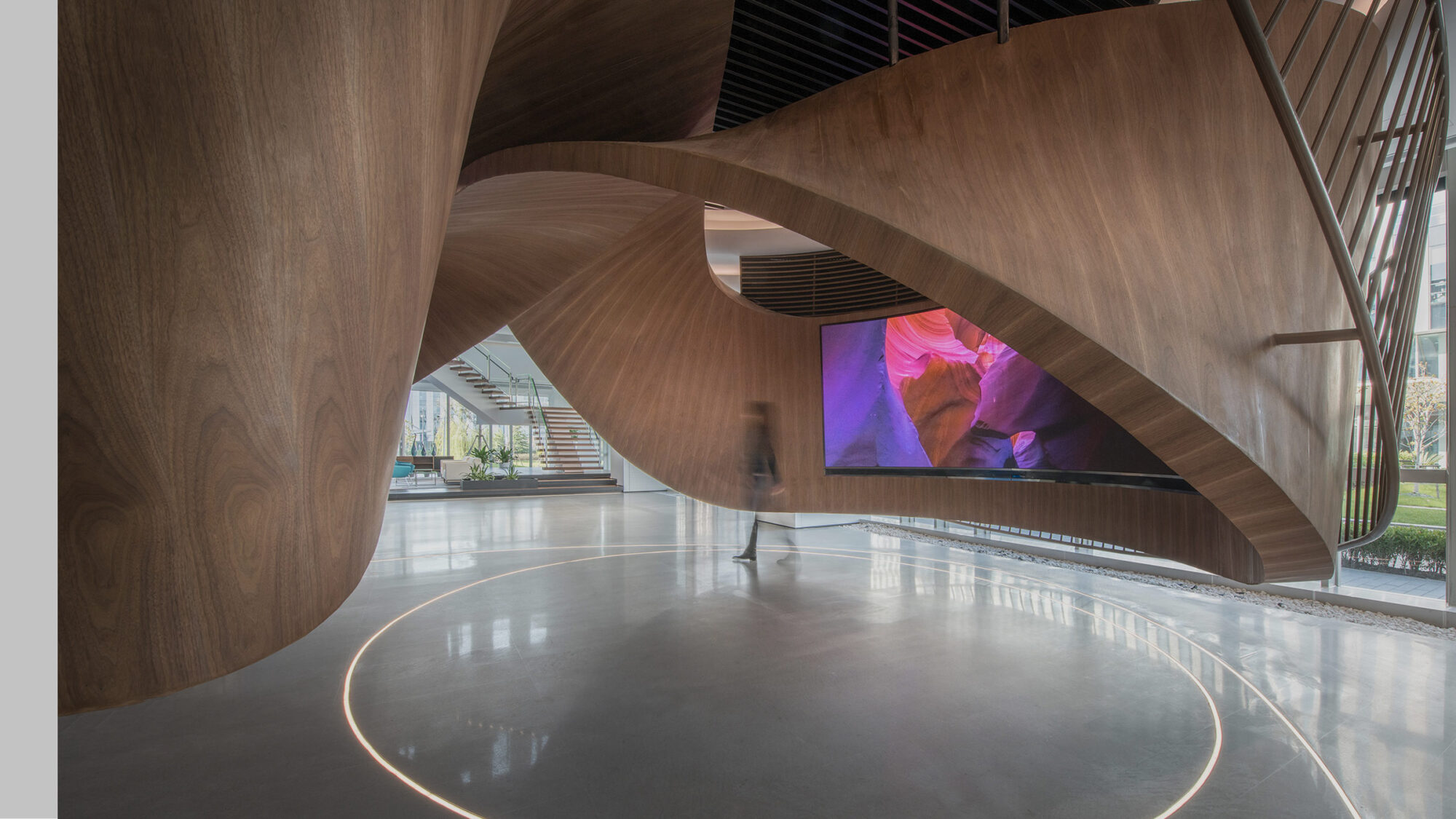
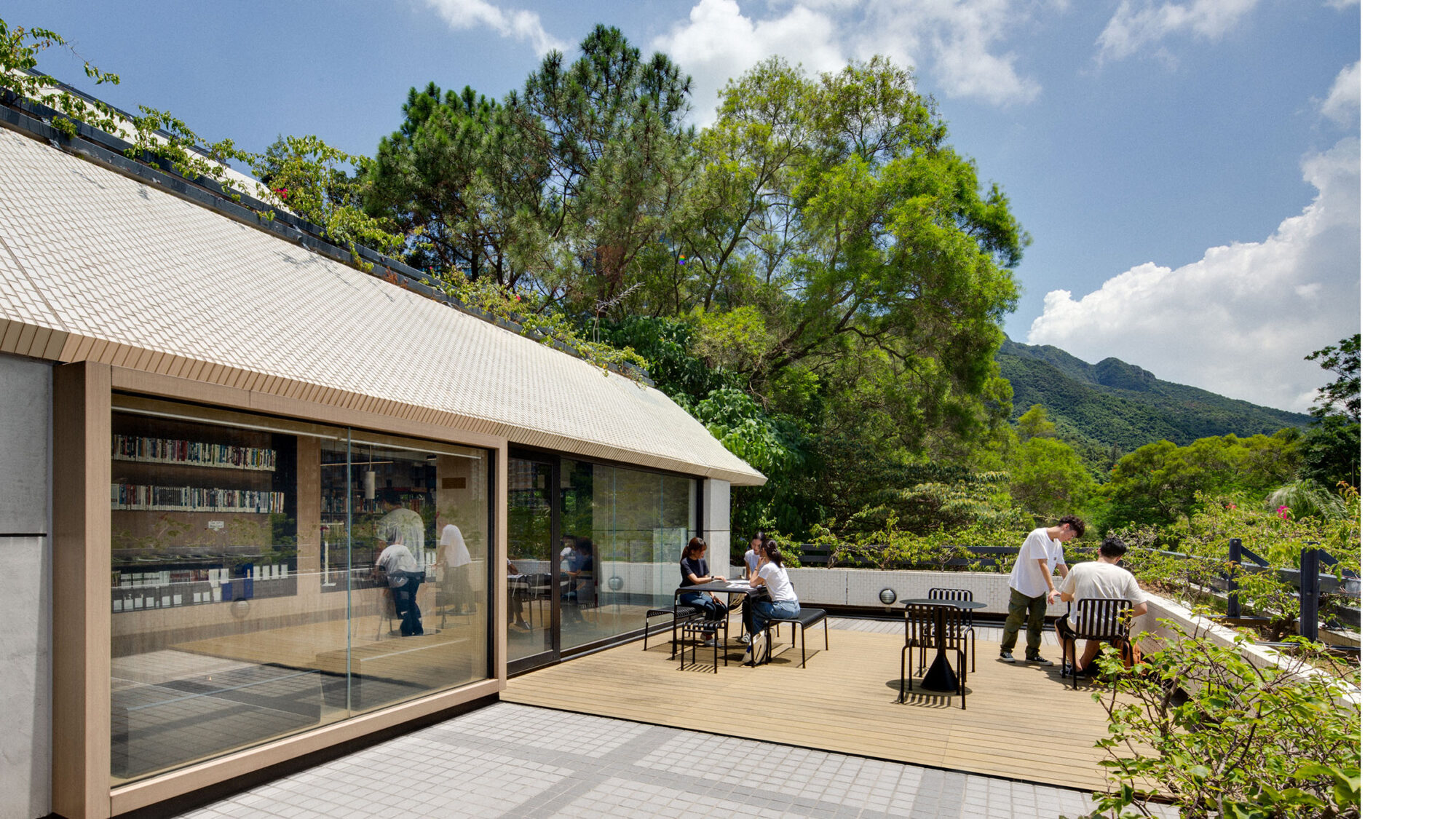
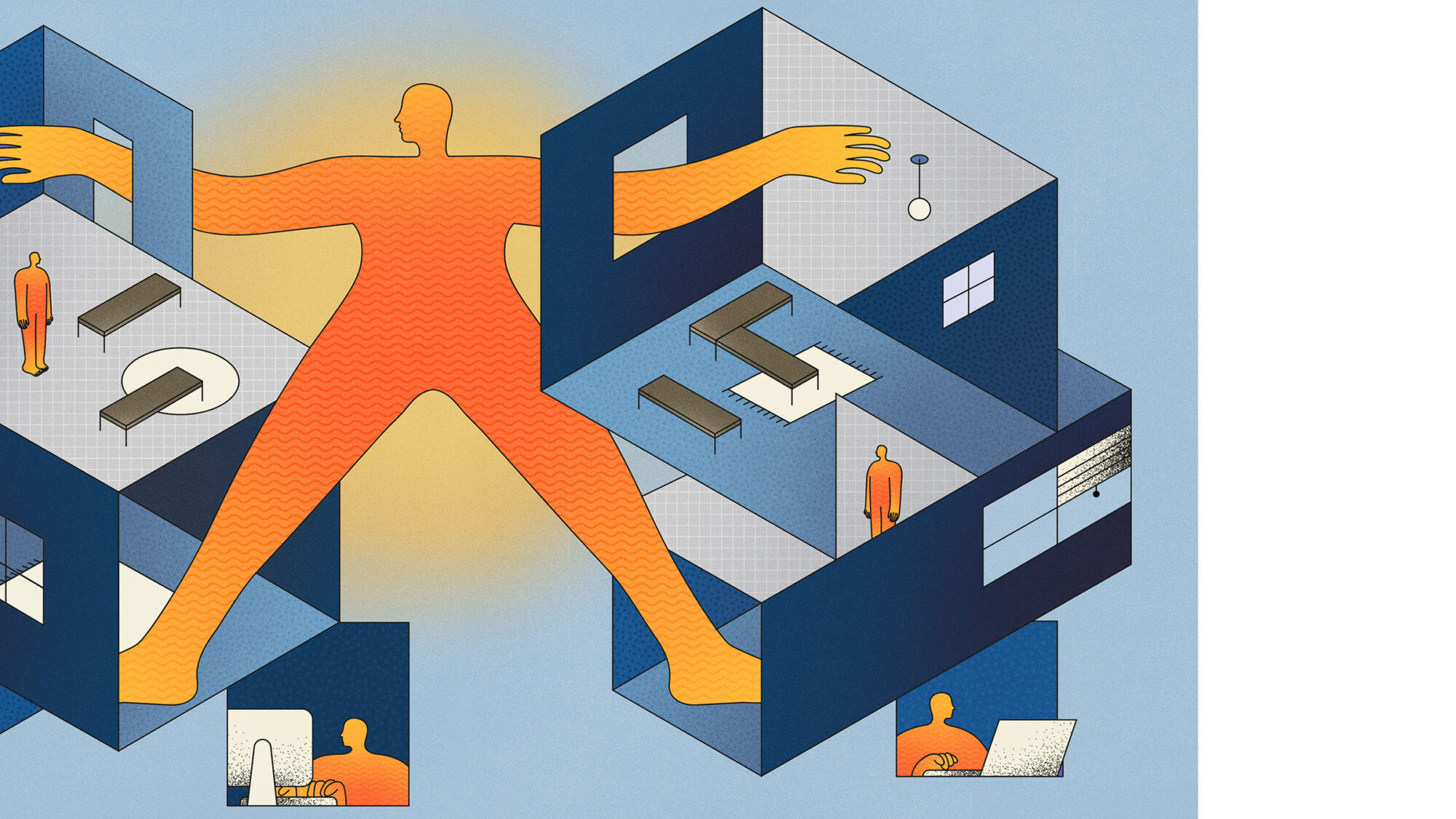
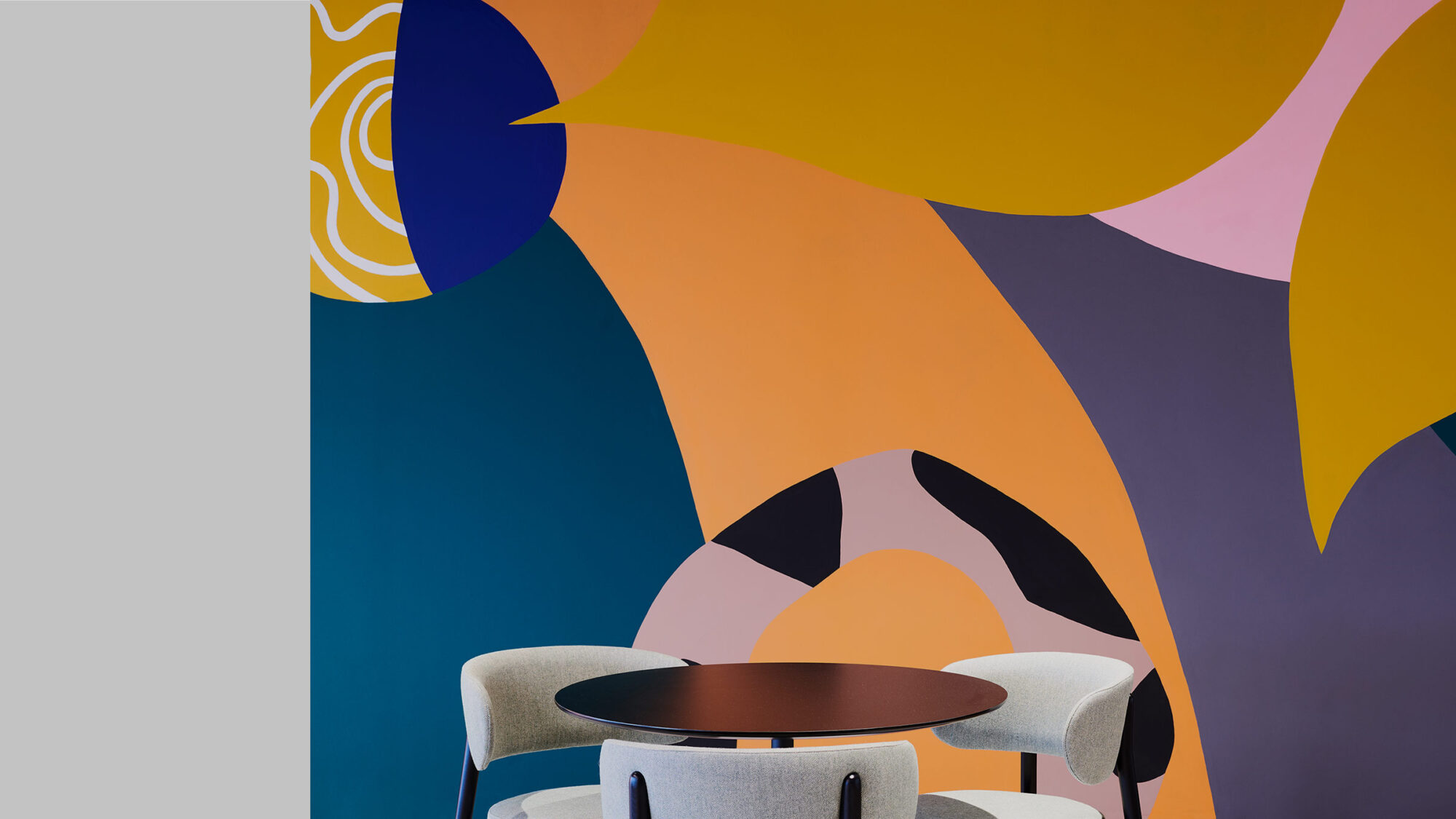
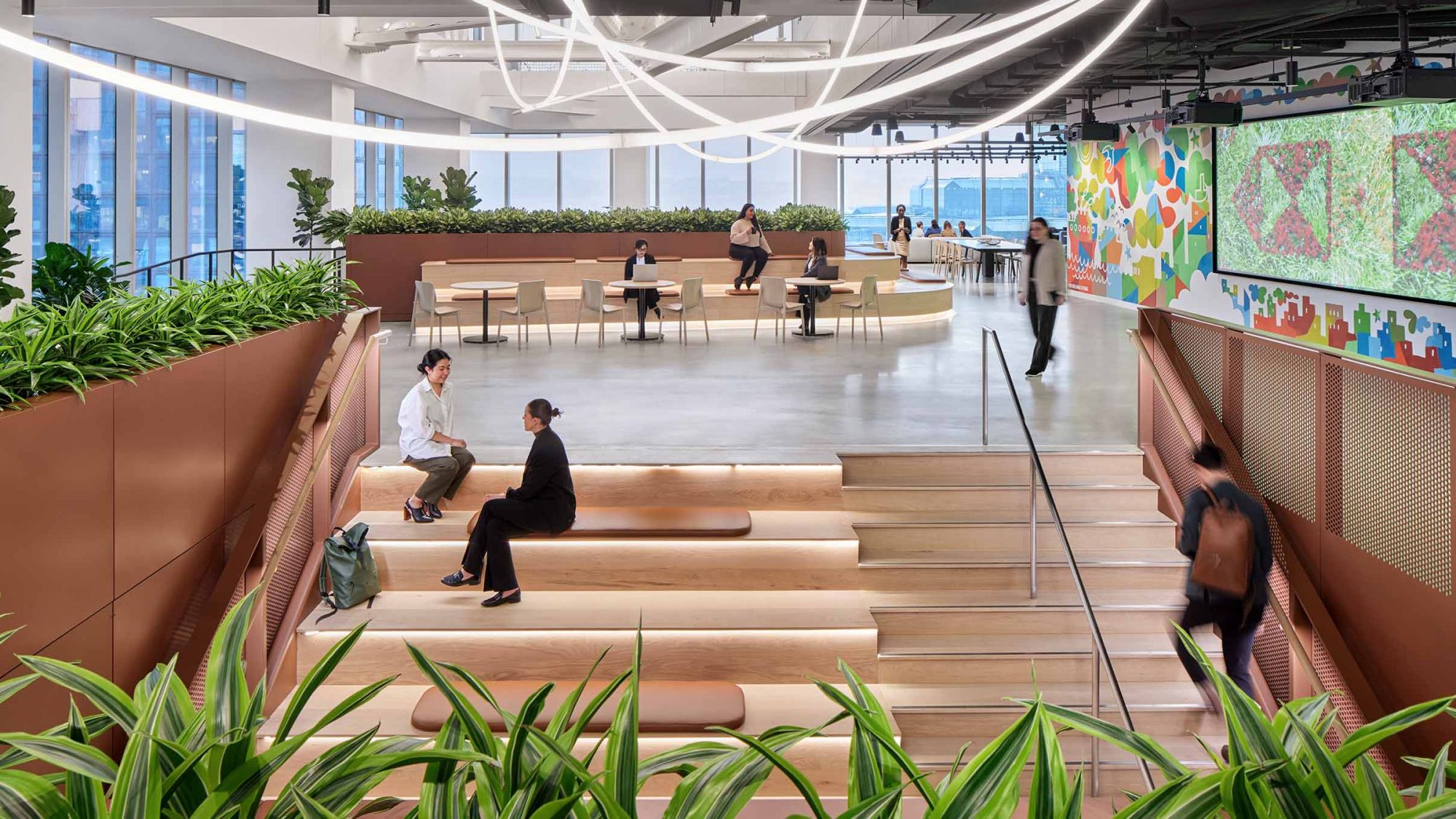
Why change is hard and leaning into uncertainty pays off
For decades, many firms and institutions within the financial services sector have adhered to traditional structured workplace models. While these environments once supported their needs, they are now making it challenging for them to adapt to the future of work.
Traditional office layouts and long-held assumptions about productivity are being reexamined as companies work to better align leadership and business priorities with evolving employee needs. Embracing more strategic, future-focused approaches to workplace design offers a powerful opportunity to bridge this gap and unlock new ways to support performance, engagement and organisational growth.
In this article, we’ll debunk four common myths about financial workplaces and explain why combining a strong de-risking strategy with a willingness to embrace uncertainty leads to success.
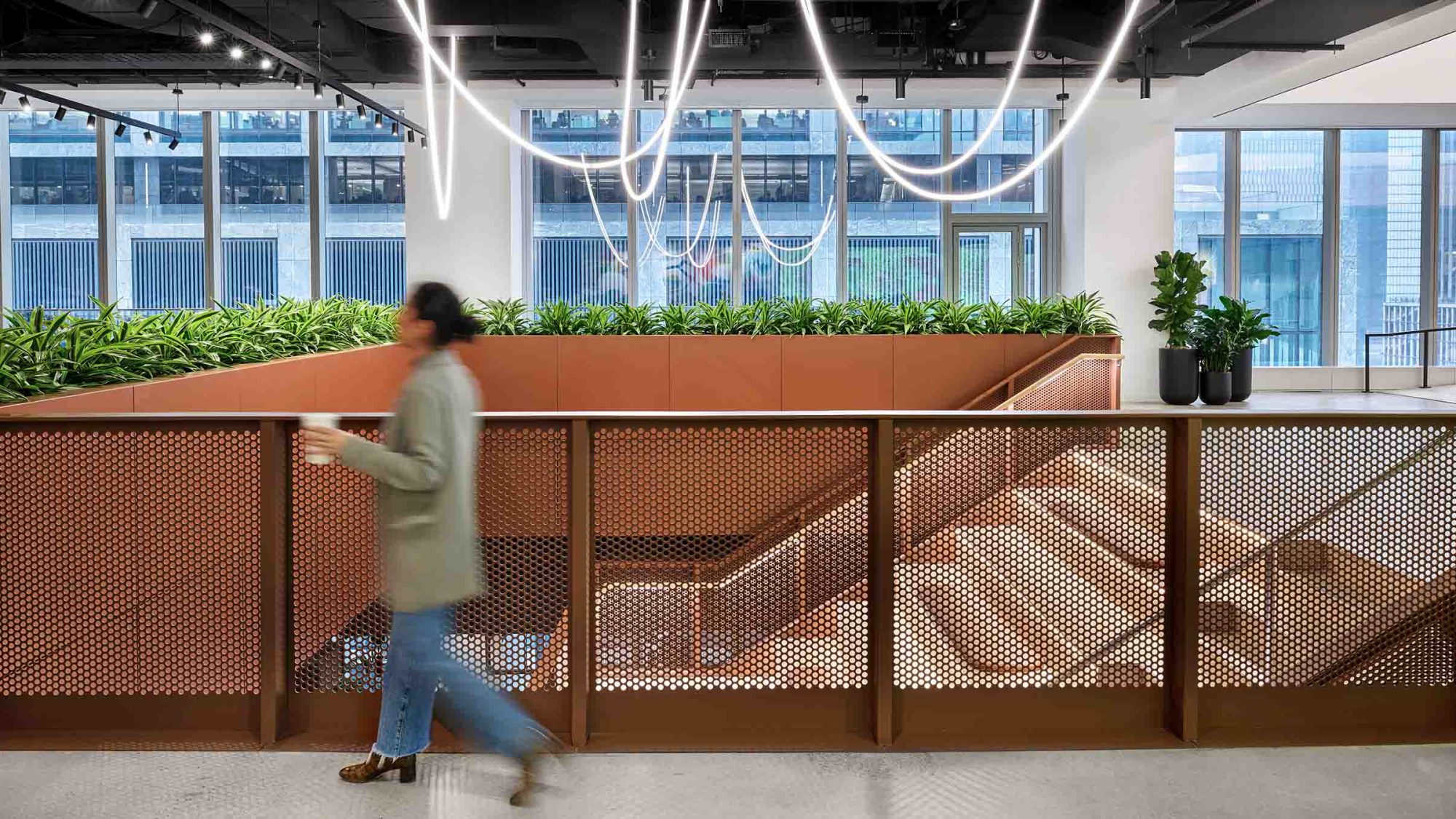
In an industry often known for tradition, one global financial firm is showing what’s possible when you do something differently. HSBC’s headquarters at The Spiral in Hudson Yards is a case study in innovation and breaking free from ‘the outdated financial workplace’.
Designed by M Moser, HSBC’s new workplace challenges industry standards by placing sustainability, smart technology and the employee experience at the centre. From intelligent systems that learn from users’ needs to a design that supports wellness and collaboration, we see it as a powerful example of what the new financial workplace looks like and why it matters.
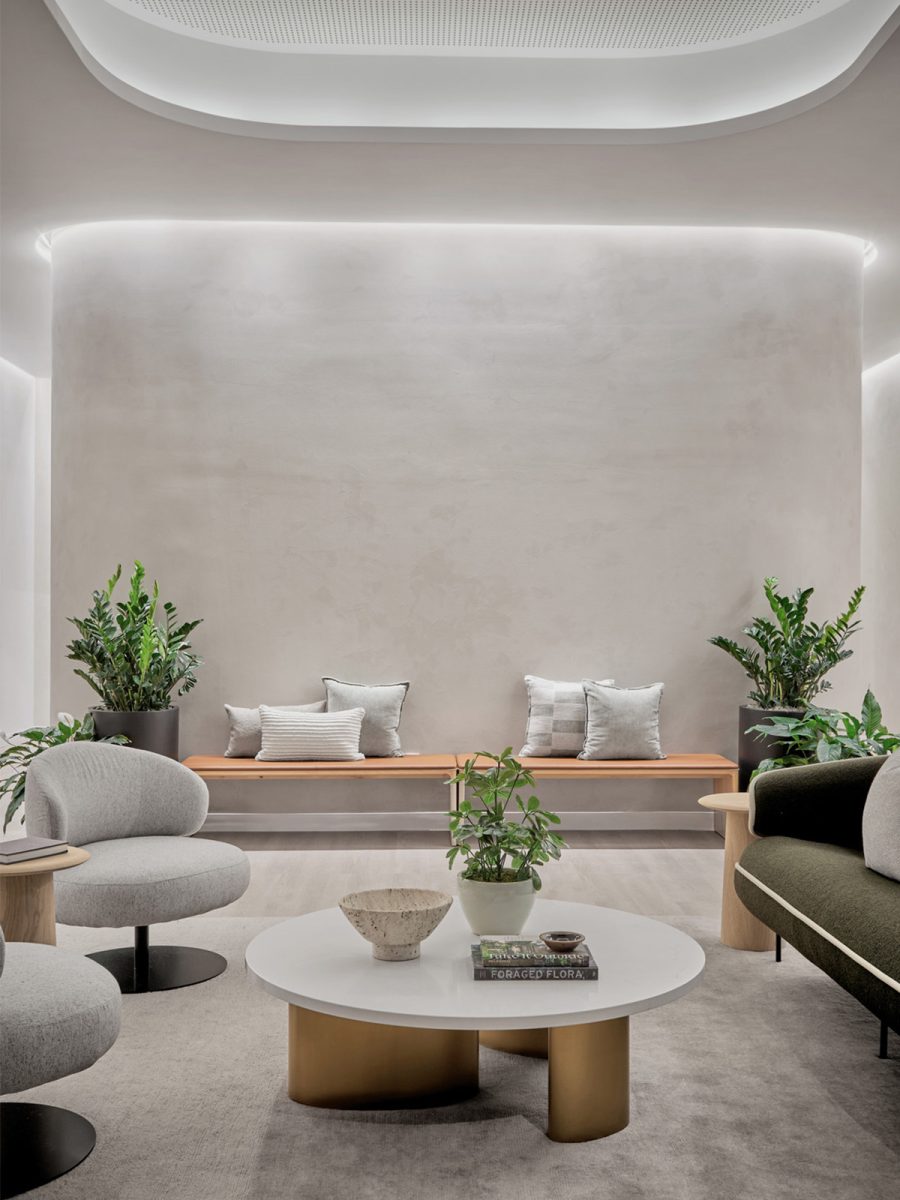
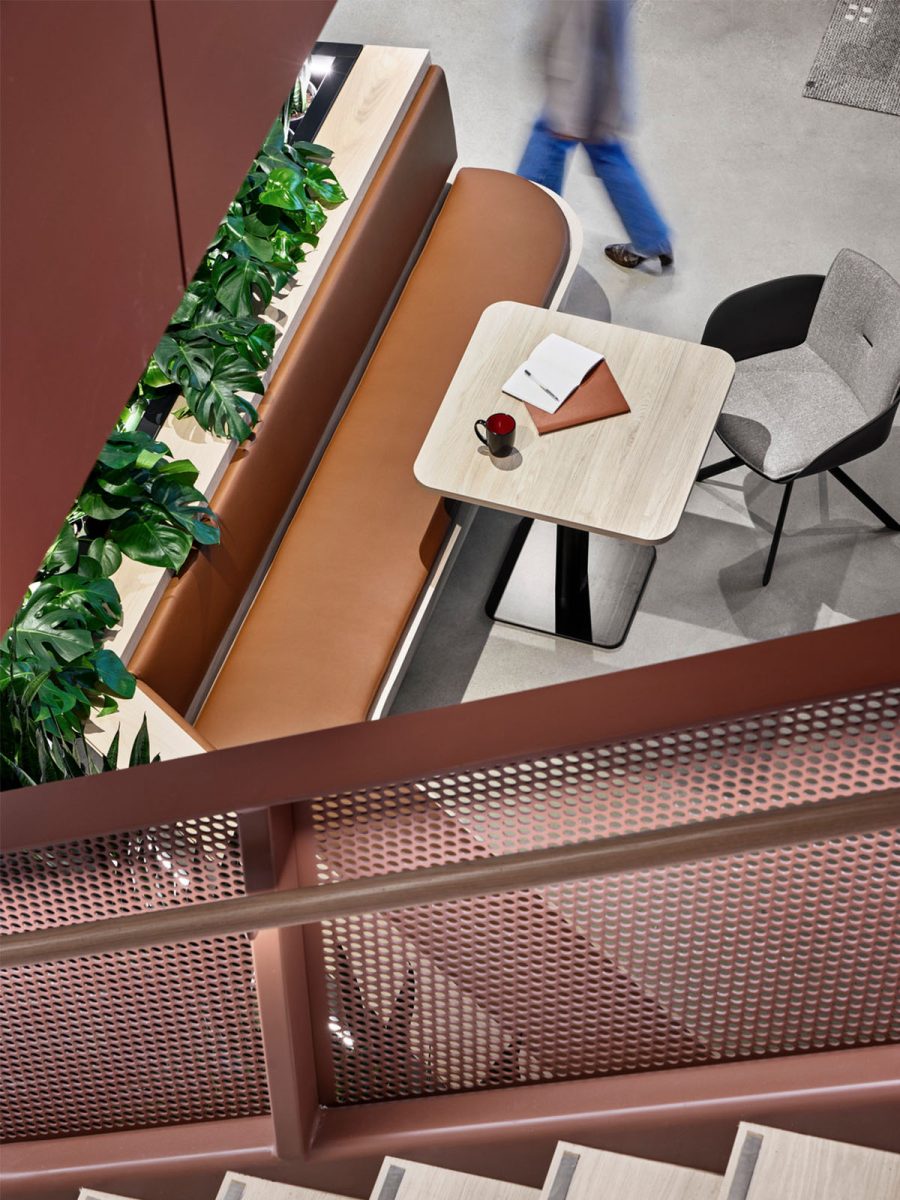
Traditional offices are designed with formality, security and structure in mind, often emphasising enclosed offices and rigid hierarchies. The assumption? That a serious environment projects stability and professionalism.
Reality: A workplace should be designed for experience, engagement and performance not legacy perceptions. HSBC’s Hudson Yards HQ defies outdated notions. The company created a people-first environment that balances professionalism and the needs for structure and security with warmth, adaptability and collaboration.
Elements of a modern financial workplace:
Takeaway: A financial workplace should feel alive, engaging, and adaptable, not stifled by expectations of the past.
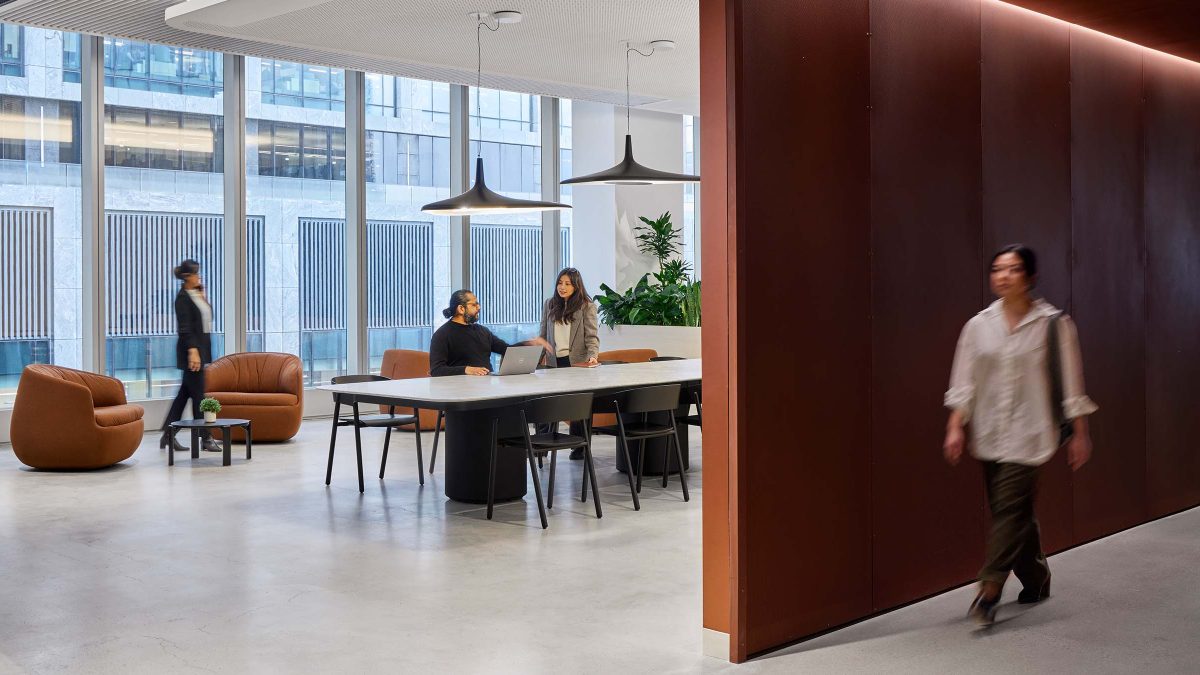 HSBC’s new headquarters design breaks away from the conventional by emphasising user experience over outdated formalities.
HSBC’s new headquarters design breaks away from the conventional by emphasising user experience over outdated formalities. 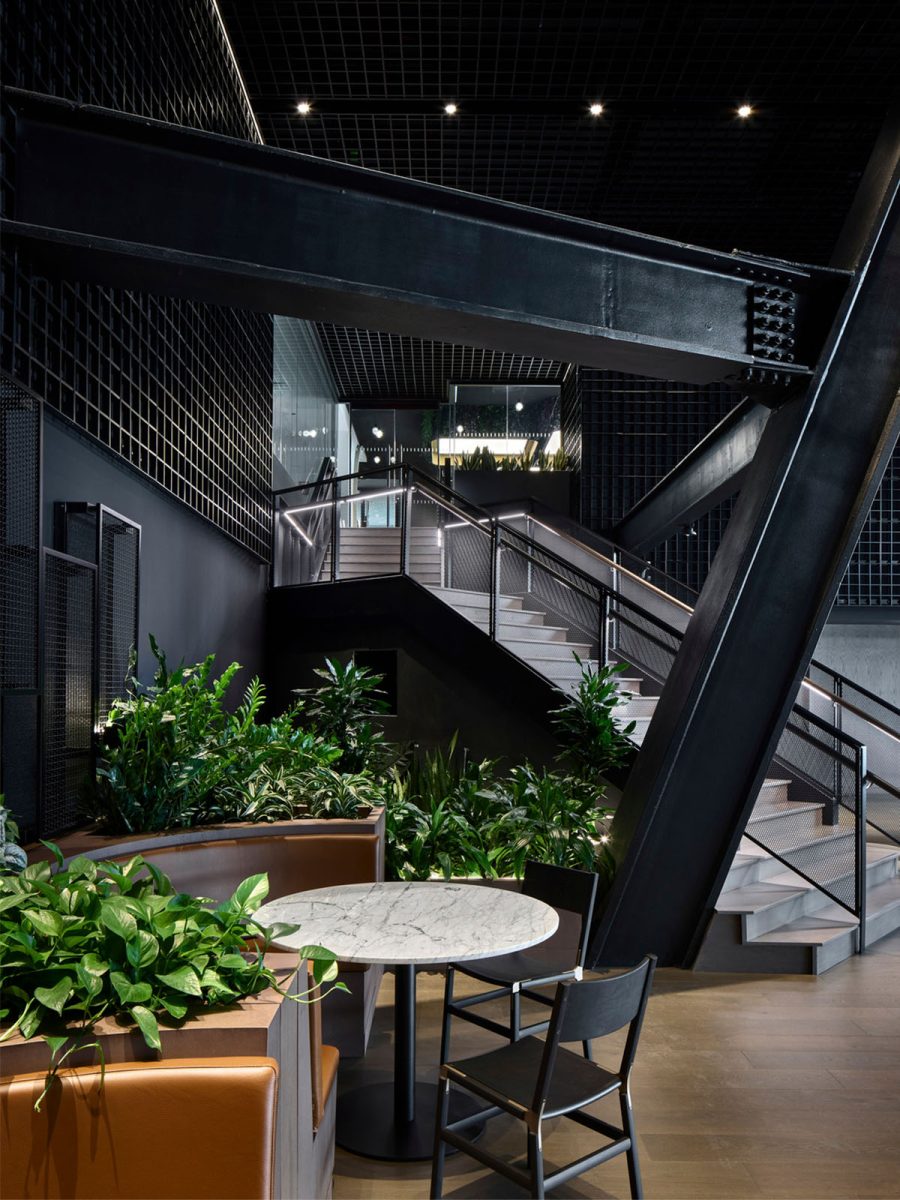
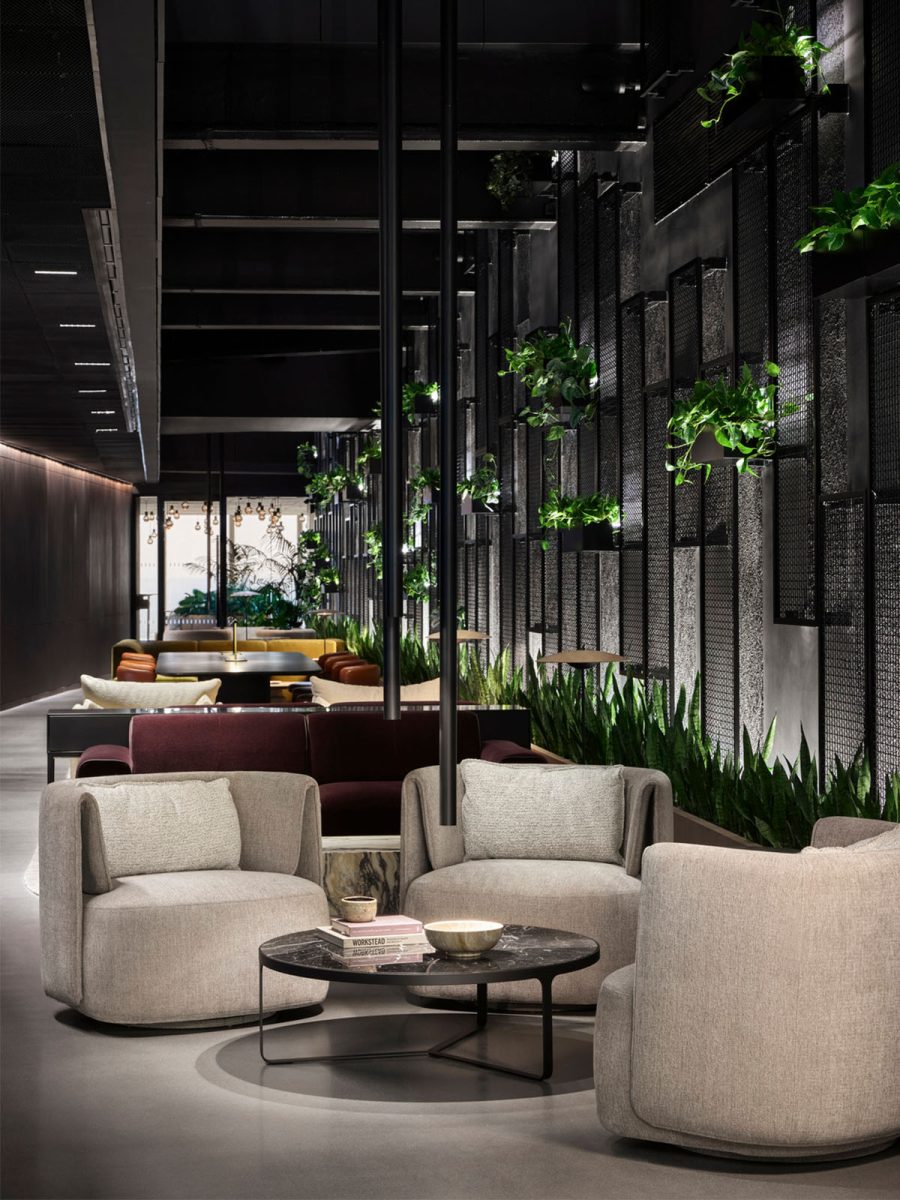
Traditional office models assume that productivity is tied to fixed, assigned desks and prioritise desk density over functional work environments.
Reality: Work happens wherever it is most effective. HSBC’s new headquarters reflects the modern reality of flexible hybrid work, providing a variety of settings tailored to different tasks.
Key workplace strategies that support hybrid productivity:
Takeaway: The financial workplace of the future is fluid, adaptable and designed around how work actually happens.
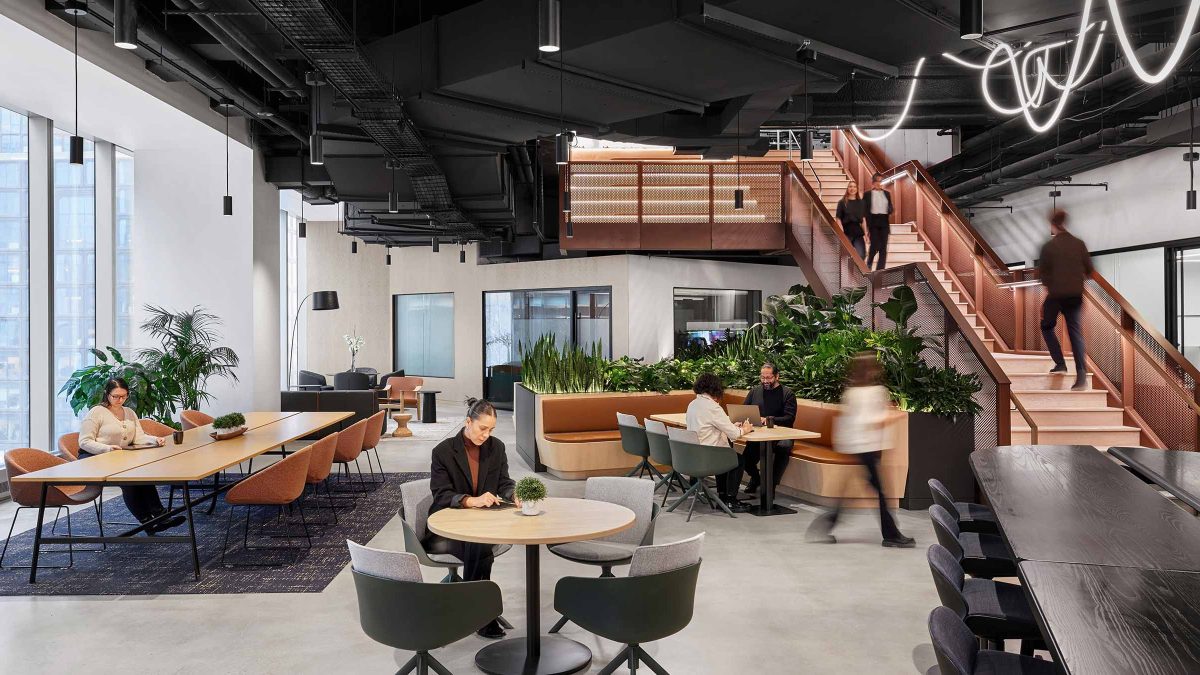 There’s no desk-bound culture at HSBC and smart technology enables dynamic space utilisation, giving employees the freedom to choose how and where they work best.
There’s no desk-bound culture at HSBC and smart technology enables dynamic space utilisation, giving employees the freedom to choose how and where they work best. Security concerns can often limit collaboration, but HSBC’s new design proves otherwise. The headquarters provides required security while enabling social connection and cross-team interaction, ensuring that employees have both secure environments and collaborative spaces to thrive.
Reality: Collaboration and social interaction drive innovation and engagement. HSBC’s workplace proves that financial offices can be secure and social at the same time.
Key workplace design strategies that support safe and effective collaboration:
Takeaway: Companies that embrace strategic collaboration spaces see increased employee engagement, innovation and business agility.
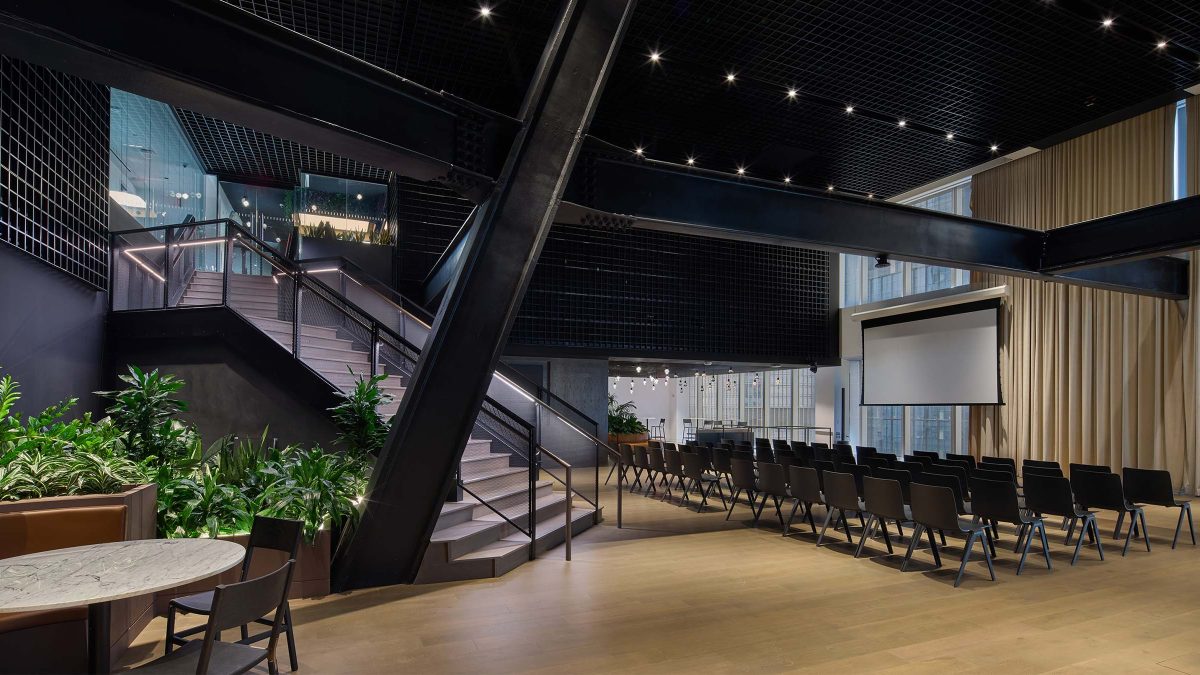 HSBC’s 29th-floor event hub that has eliminated the need for external venue rentals, saving money and demonstrating the space’s operational efficiency.
HSBC’s 29th-floor event hub that has eliminated the need for external venue rentals, saving money and demonstrating the space’s operational efficiency. 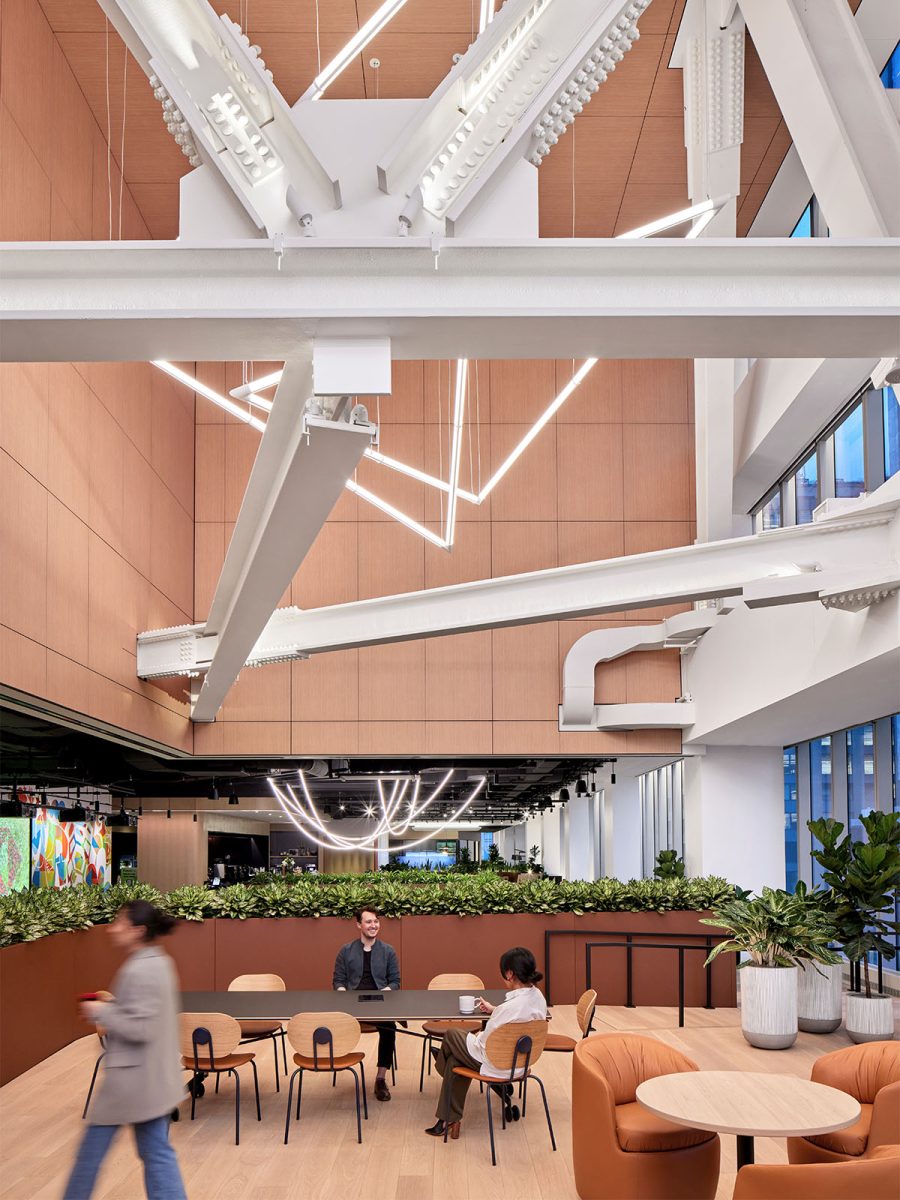
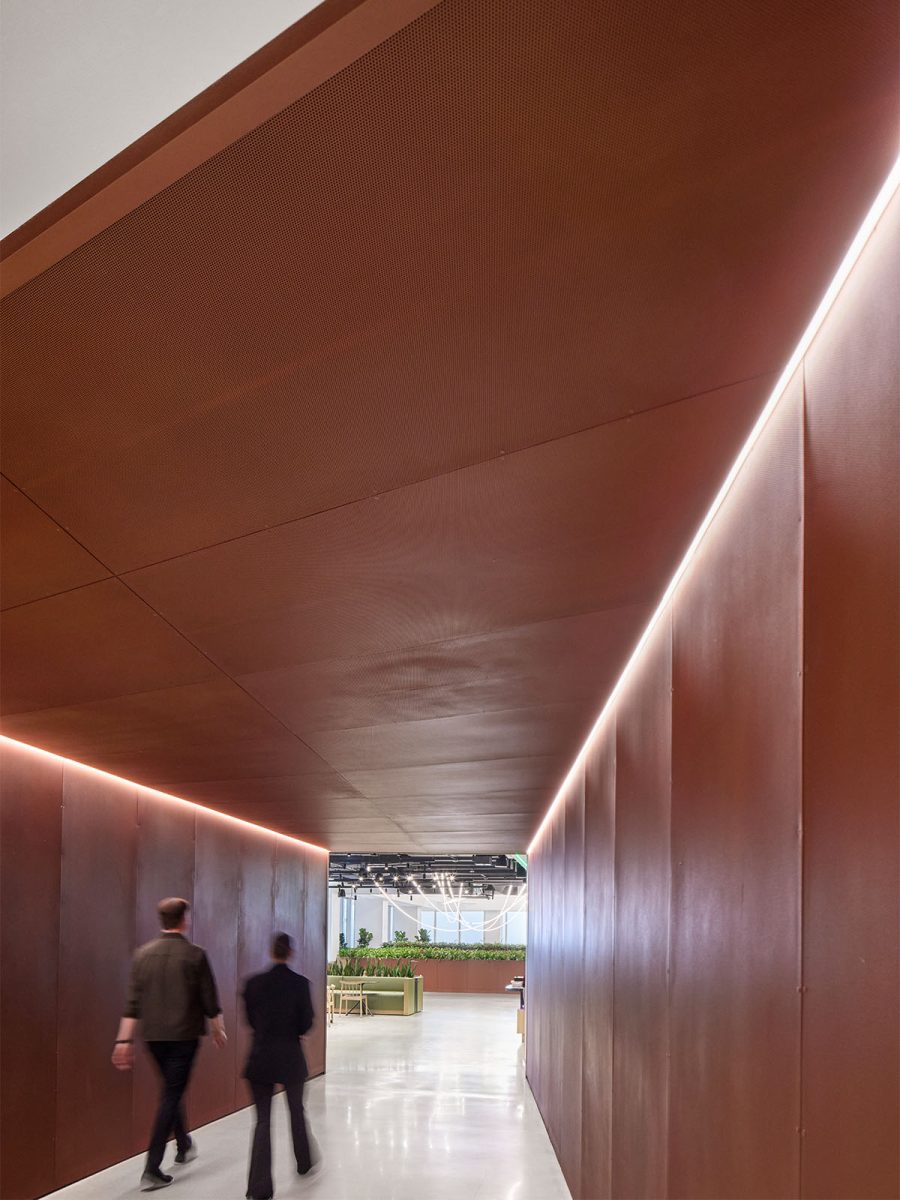
Financial services workplaces have historically focused on efficiency and cost-cutting, leaving sustainability and wellbeing initiatives as secondary concerns.
Reality: Sustainability and employee wellness are business imperatives that impact financial performance, talent retention and regulatory compliance.
Ways HSBC integrated sustainability and wellbeing into their workplace:
Takeaway: By embedding sustainability into their workplace strategy, companies can position themselves as leaders in environmental responsibility and workforce wellbeing.
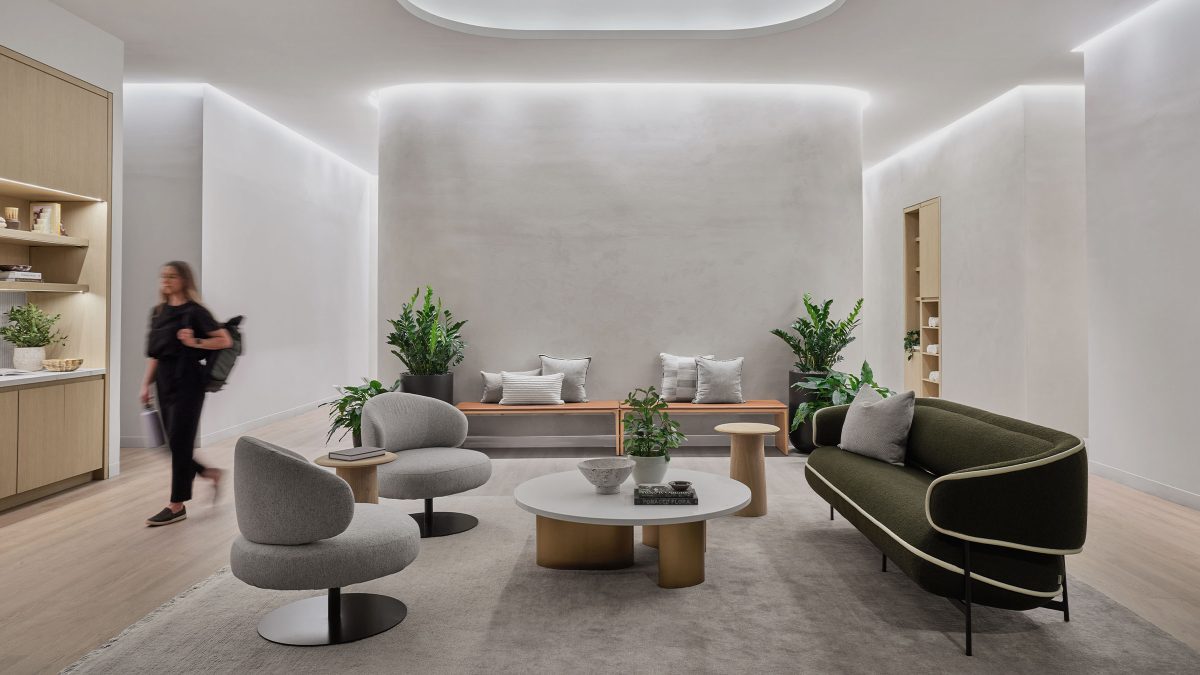 From furniture take-back programs to biophilic design and smart energy management, HSBC’s new workplace holistically integrates sustainability and wellbeing not just as afterthoughts but as core components of the workplace experience.
From furniture take-back programs to biophilic design and smart energy management, HSBC’s new workplace holistically integrates sustainability and wellbeing not just as afterthoughts but as core components of the workplace experience. 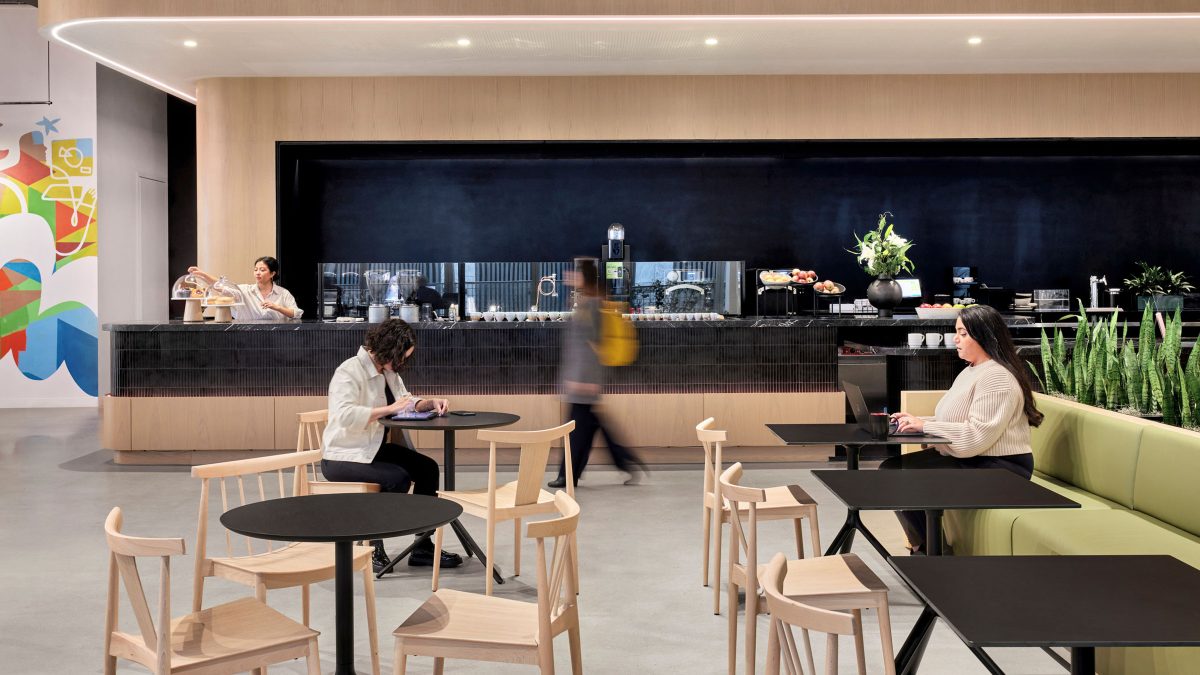
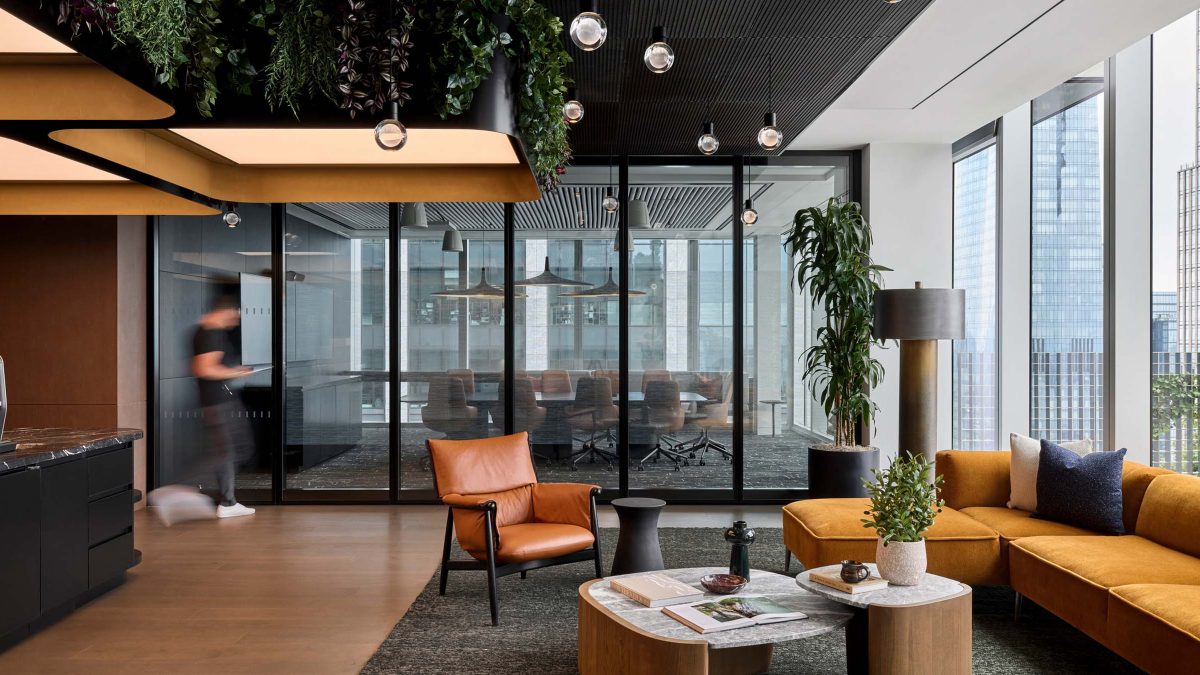
Despite the clear benefits of workplace innovation, many financial service companies remain hesitant to challenge the status quo. The reasons?
Risk aversion: It’s in their DNA, financial institutions prefer data-backed decisions and struggle to measure workplace ROI in traditional financial terms. Without clear, quantifiable ROI, decision-making stagnates.
Data without insight: Data is often misinterpreted or underutilised and can lead to paralysis rather than action. Many firms collect data on space utilisation but fail to turn it into actionable strategies for workplace evolution.
The ‘it’s always been done this way’ mentality: Workplace transformation requires a shift in mindset, which is often met with internal resistance.
Fear of disruption: Many firms want innovation but resist altering existing workflows.
According to Grant Christofely, Director – Workplace Strategy, M Moser, “The biggest disconnect isn’t about lack of solutions, it’s about the ability to shift mindsets. Many companies try to apply old wisdom to modern challenges.”
Hesitation paralyses makes financial firms slow to respond to evolving workforce expectations.
Workplaces have changed and will continue to evolve as society moves through cycles of disruption and innovation. At M Moser, we don’t design for a static end-state, we prepare our clients for what comes next.
HSBC’s new workplace redefines what a financial workplace can be and creates a smarter, more resilient, more sustainable office designed for the human experience.
Essential factors in this transformation were our multi-disciplinary approach and our Adaptive Workplace Framework, a new standard for organisations that want to build with flexibility, resilience and data-informed decision-making at the core.
This adaptive workplace acclimates to changing business and employee needs, setting a new benchmark across HSBC’s portfolio and proving that the true value of technology is realised over time through ongoing evolution and data-driven improvements.
Instead of defaulting to traditional financial office norms, we helped give HSBC the confidence to push workplace innovation. Their approach has paid off in multiple ways:
The world of finance may run on numbers, but the best workplaces are built on experience, adaptability and a willingness to evolve.
Raquel Sascher, Director, M Moser Associates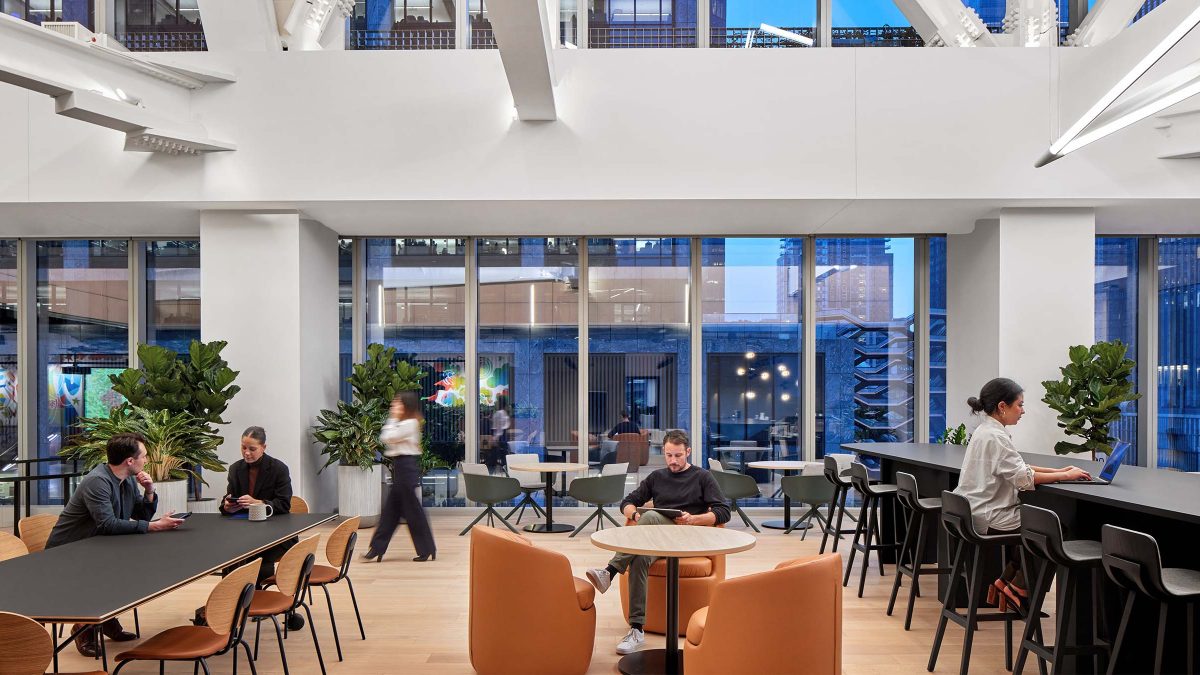
This project, through its challenges and innovations, sets a new standard for the future of workplace design. We extend our heartfelt congratulations to HSBC for their visionary leadership and dedication to advancing the state of the art for the entire industry.
Sam Allen, Associate Director, M Moser AssociatesCompanies that cling to outdated models risk falling behind, while those that embrace change stand to gain competitive advantages. The success of HSBC’s Hudson Yards HQ proves that workplace transformation is worth the investment for employees, for business performance and for long-term industry leadership.
Ready to challenge financial workplace norms? We’re here to help companies build the next generation of strategic, high-performance workplaces.
Contact us to learn more.
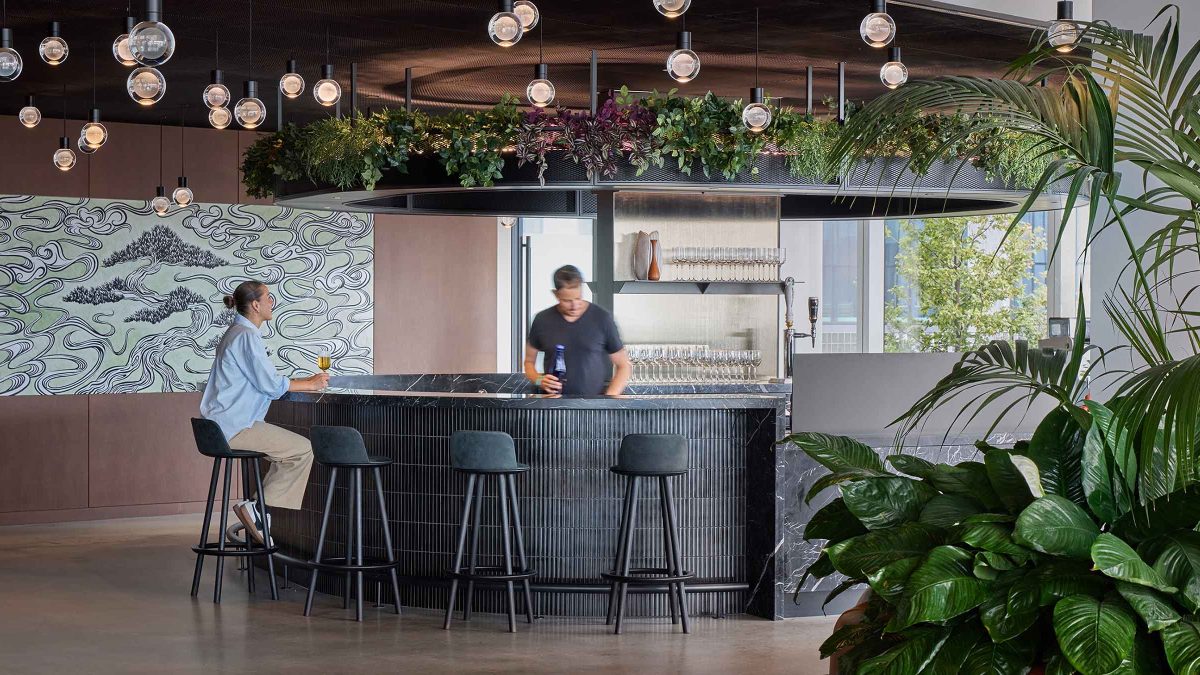
Check out our guide and discover how leading financial institutions are transforming their workplaces to fuel innovation, support employee wellbeing and meet the demands of a new era. Packed with ideas, insights and real-world solutions, it’s a guide for designing spaces that don’t just adapt, but thrive.
Director, Workplace Strategy
Director, Head of Office